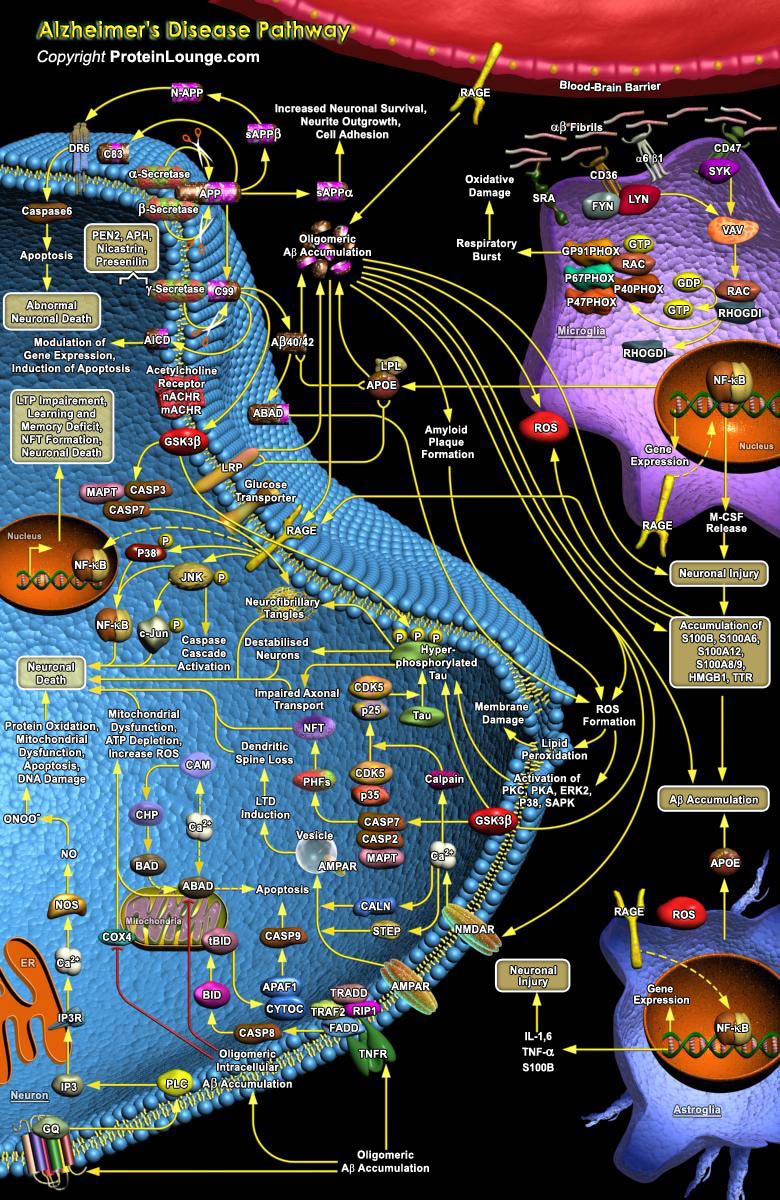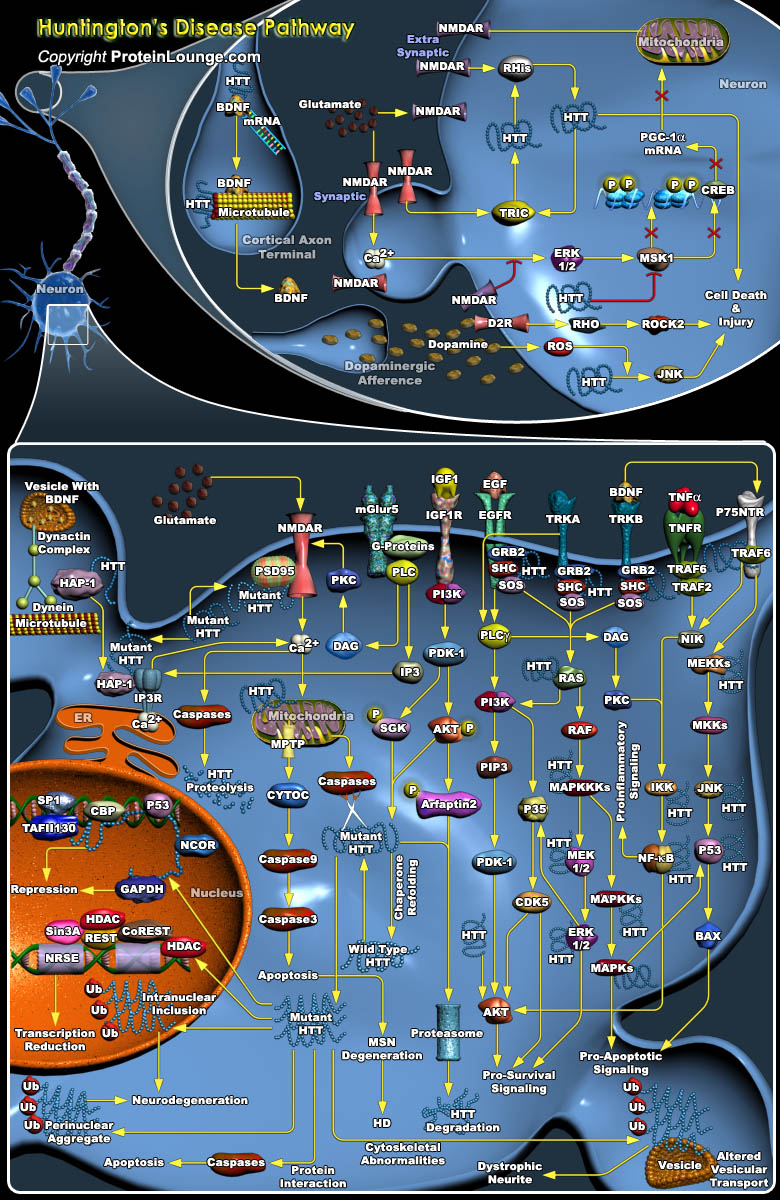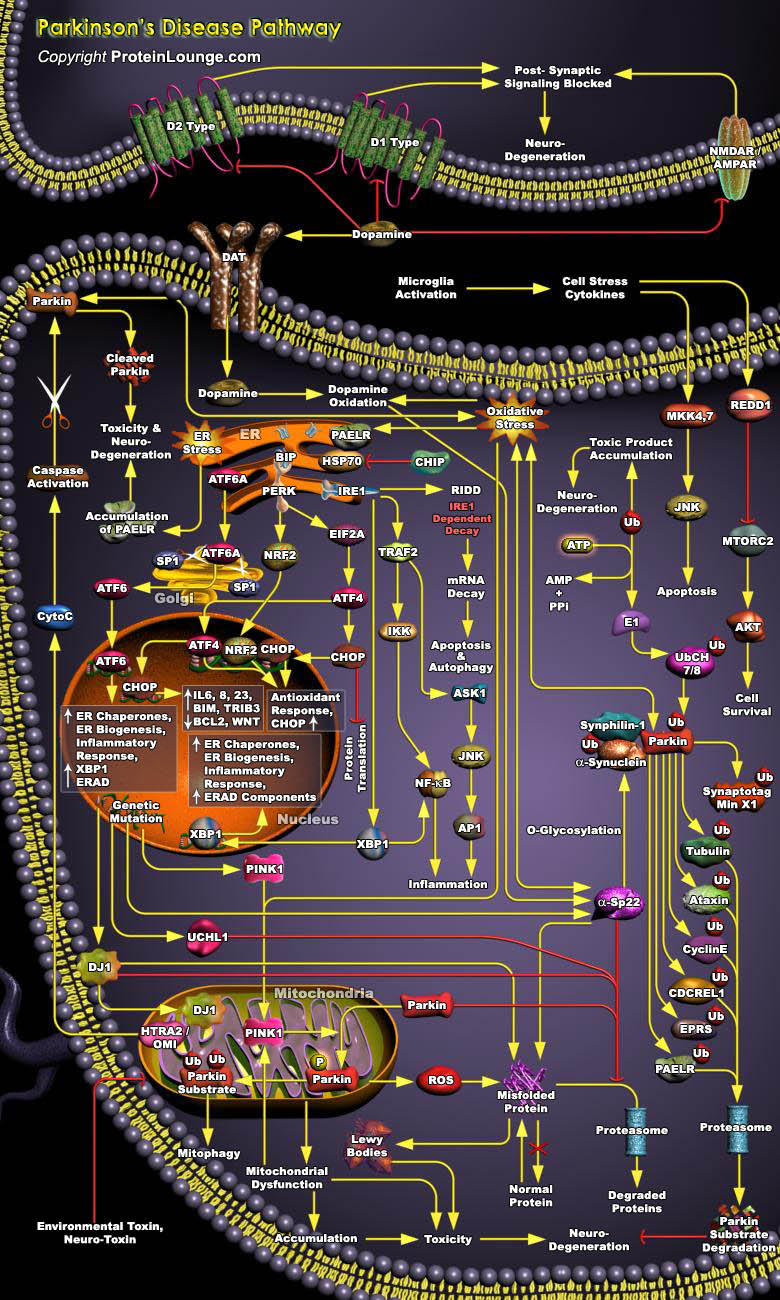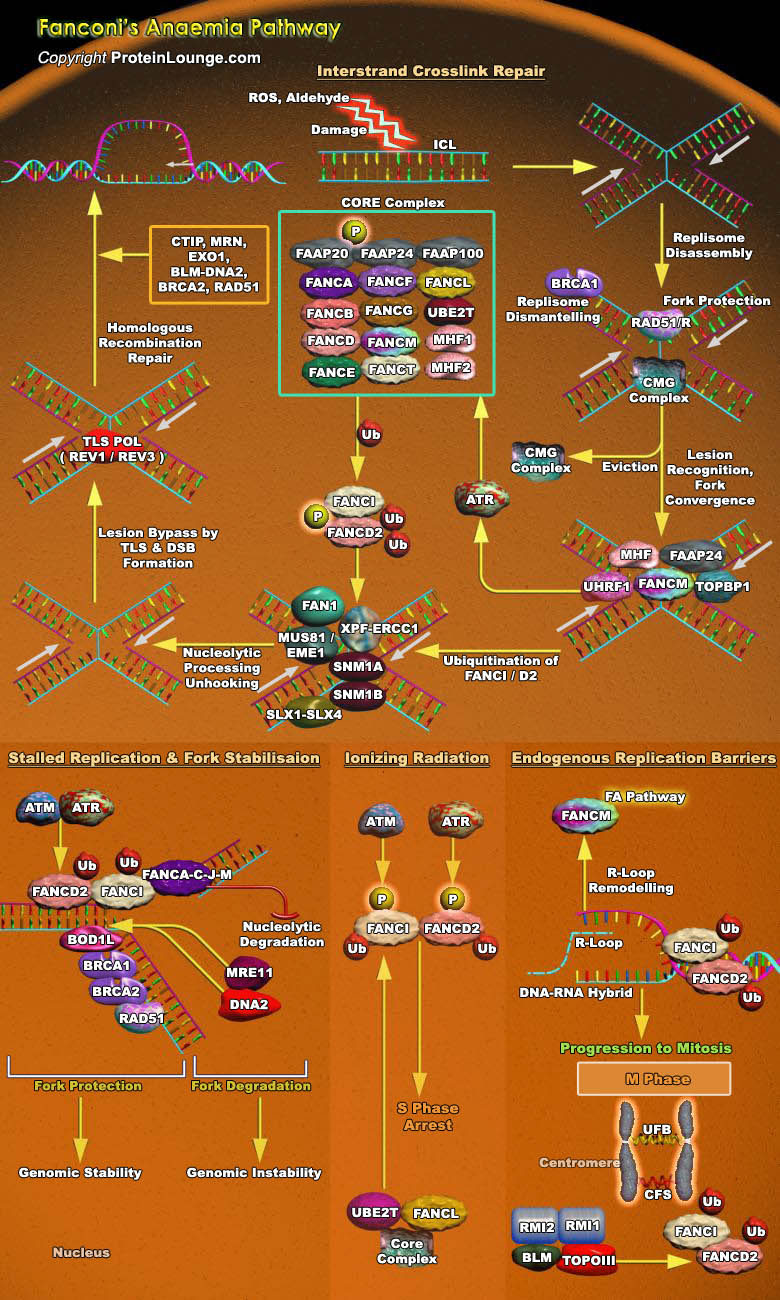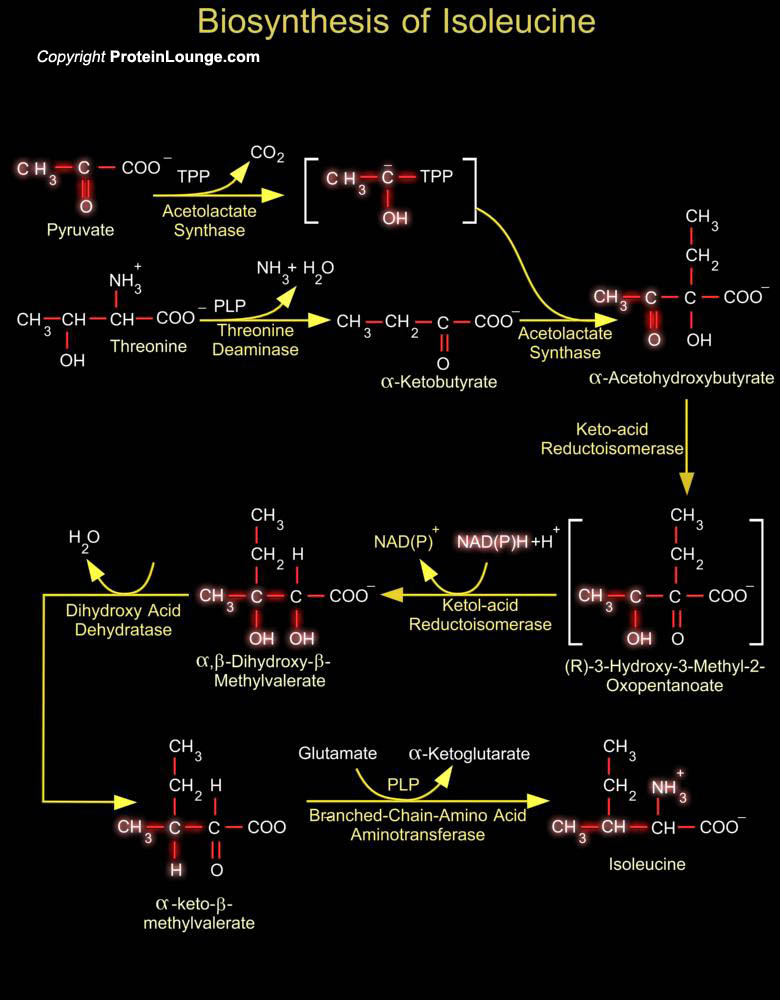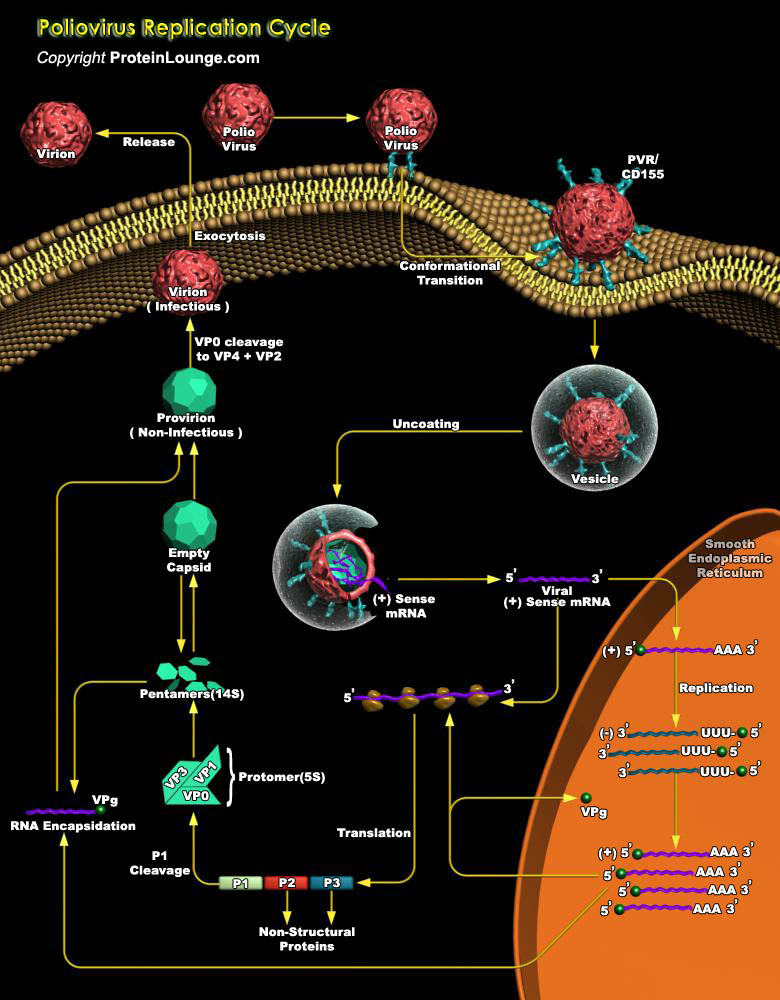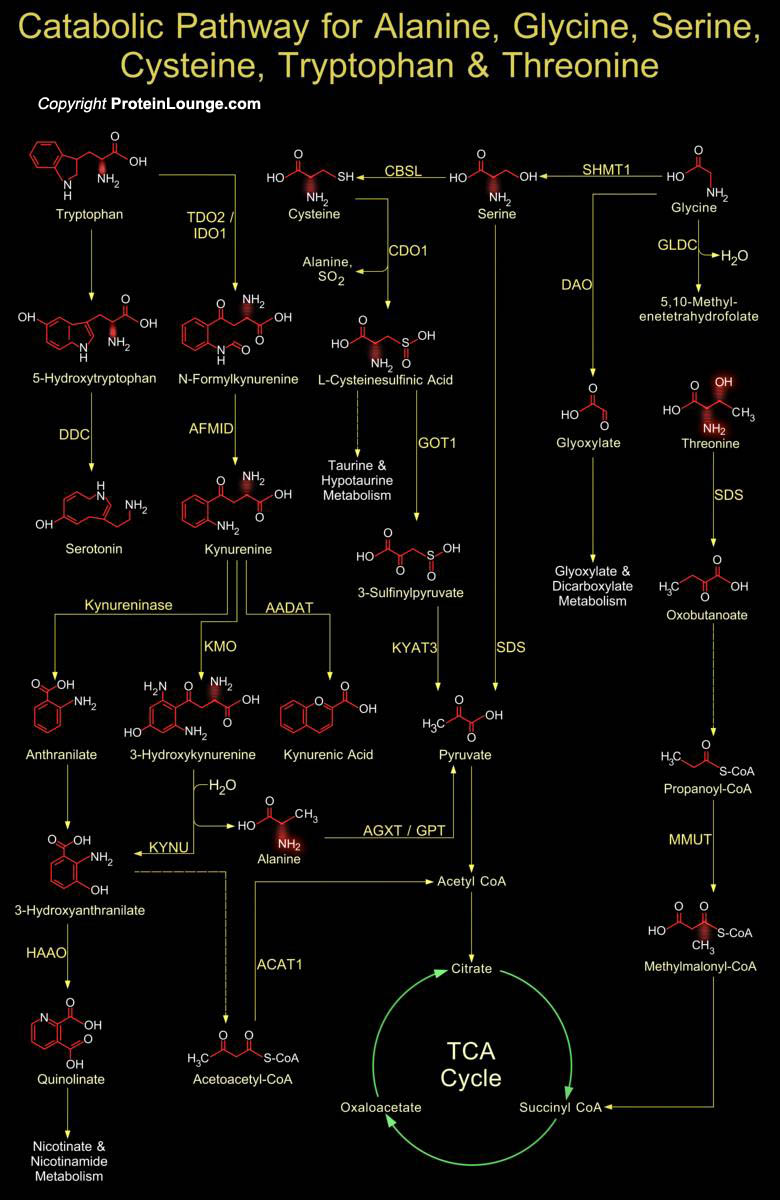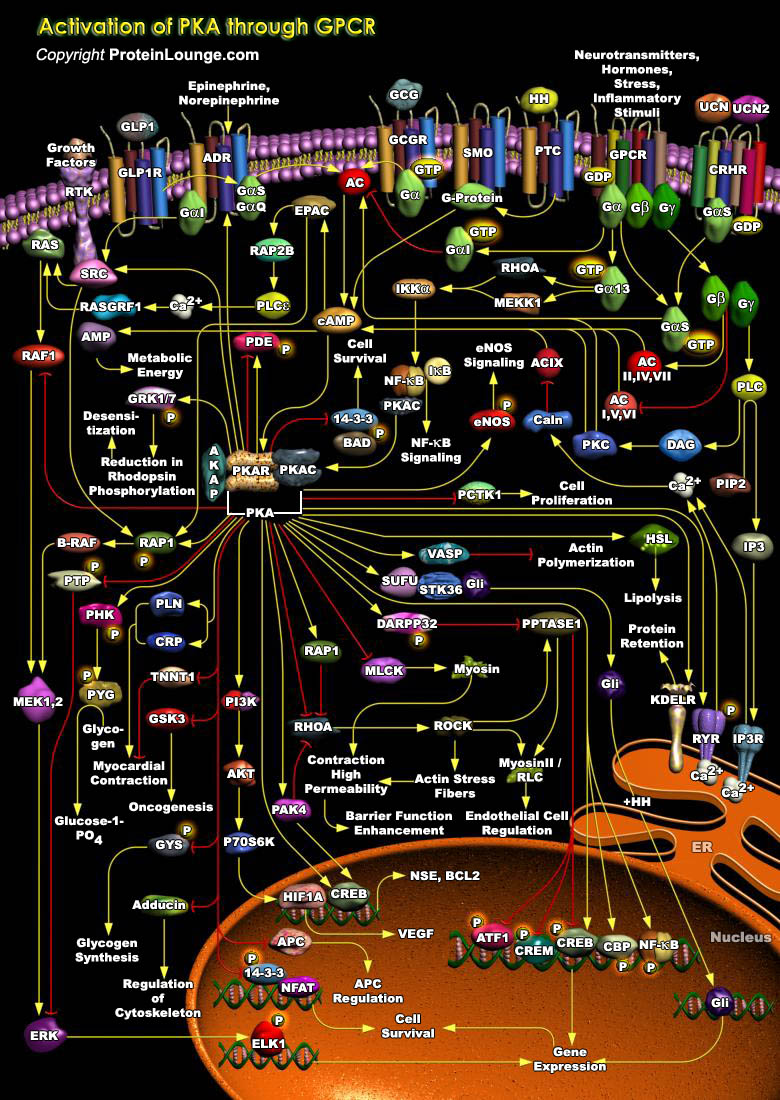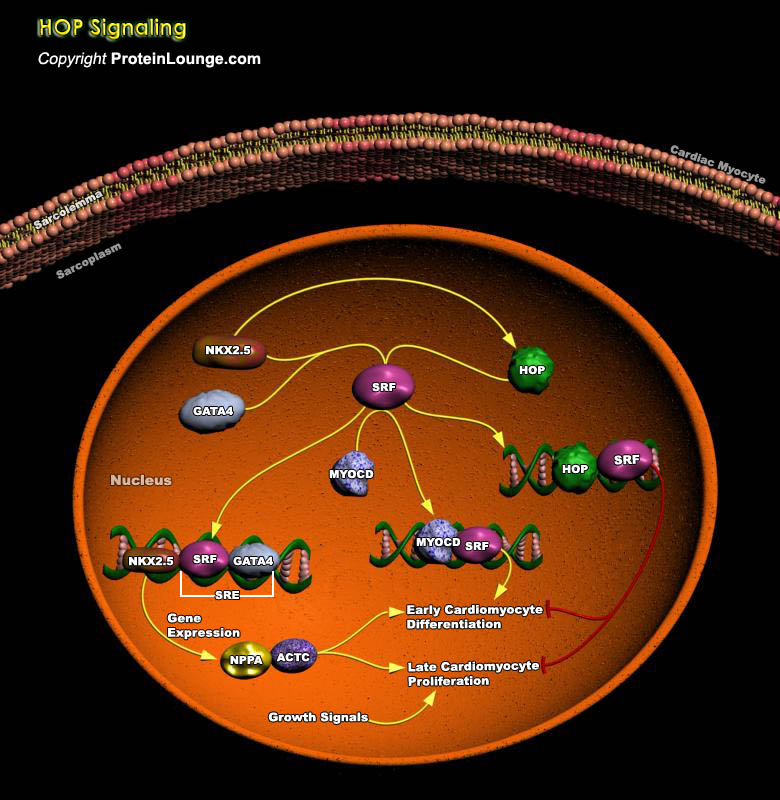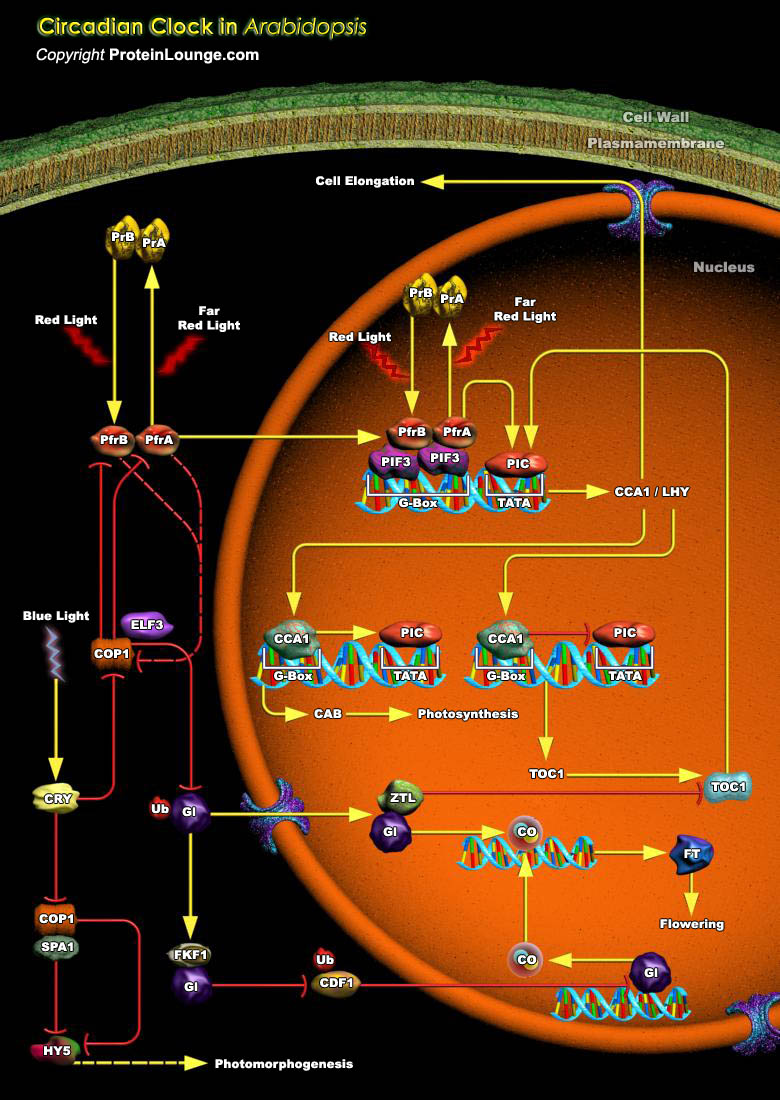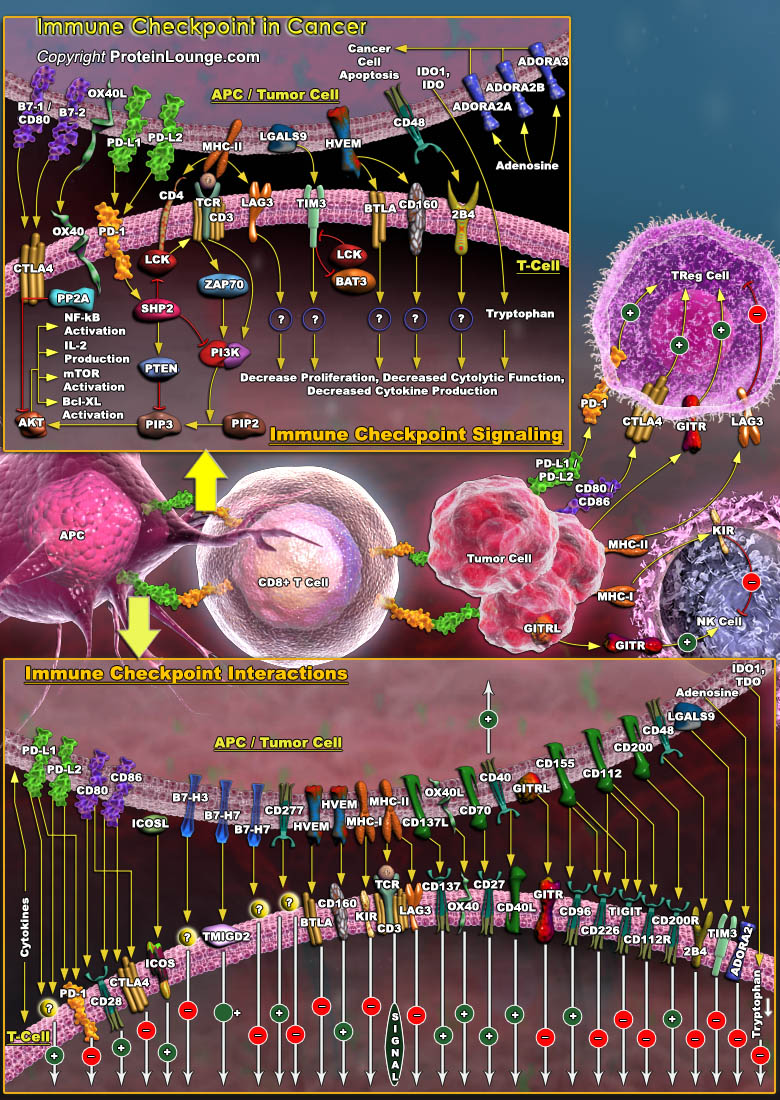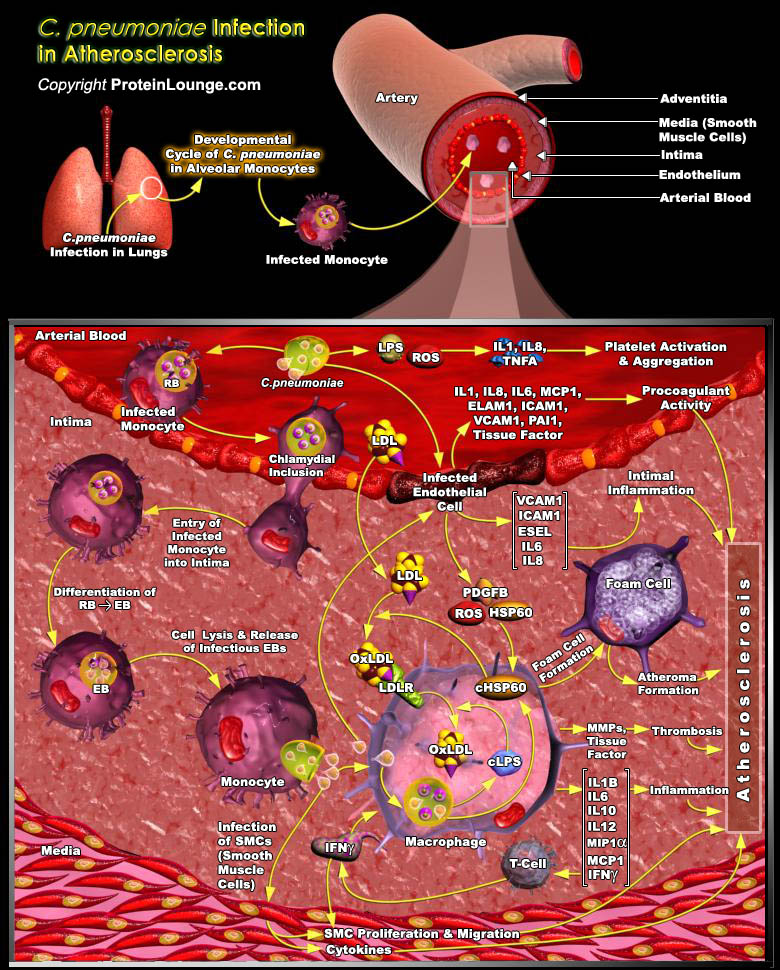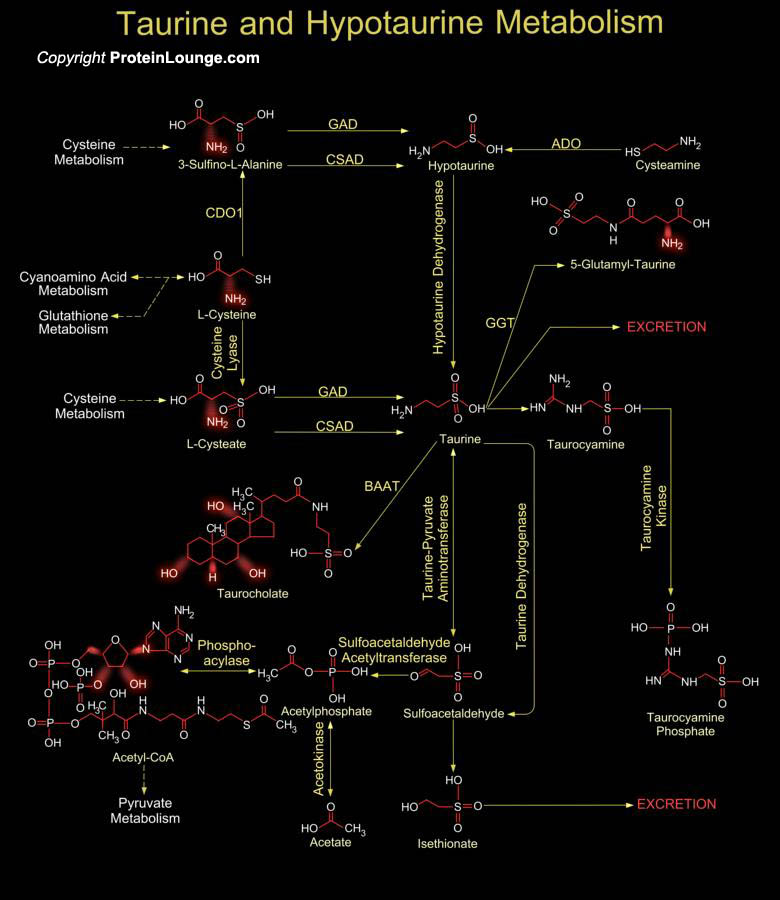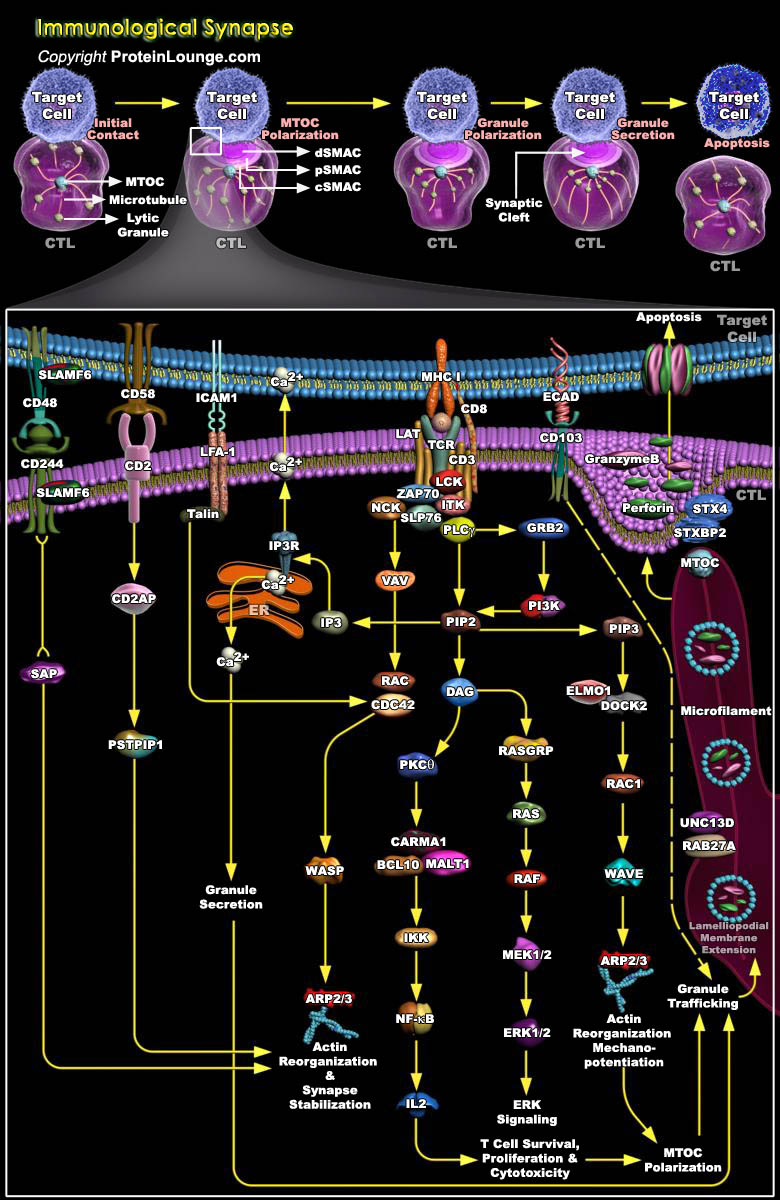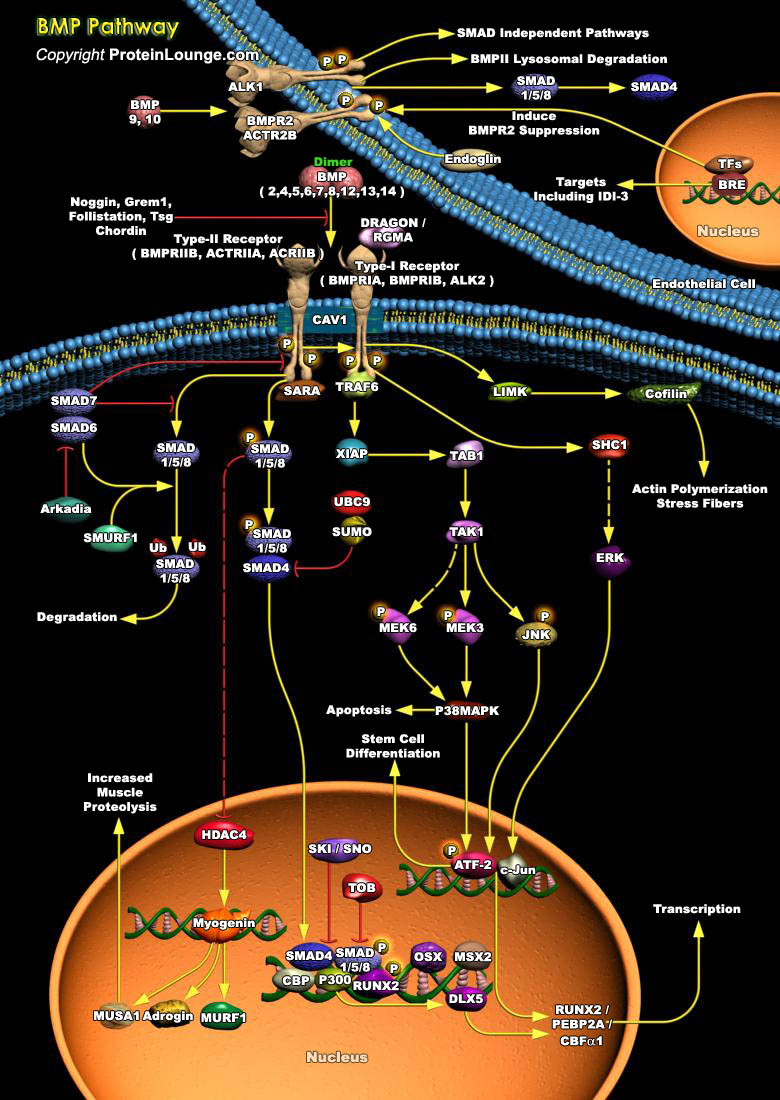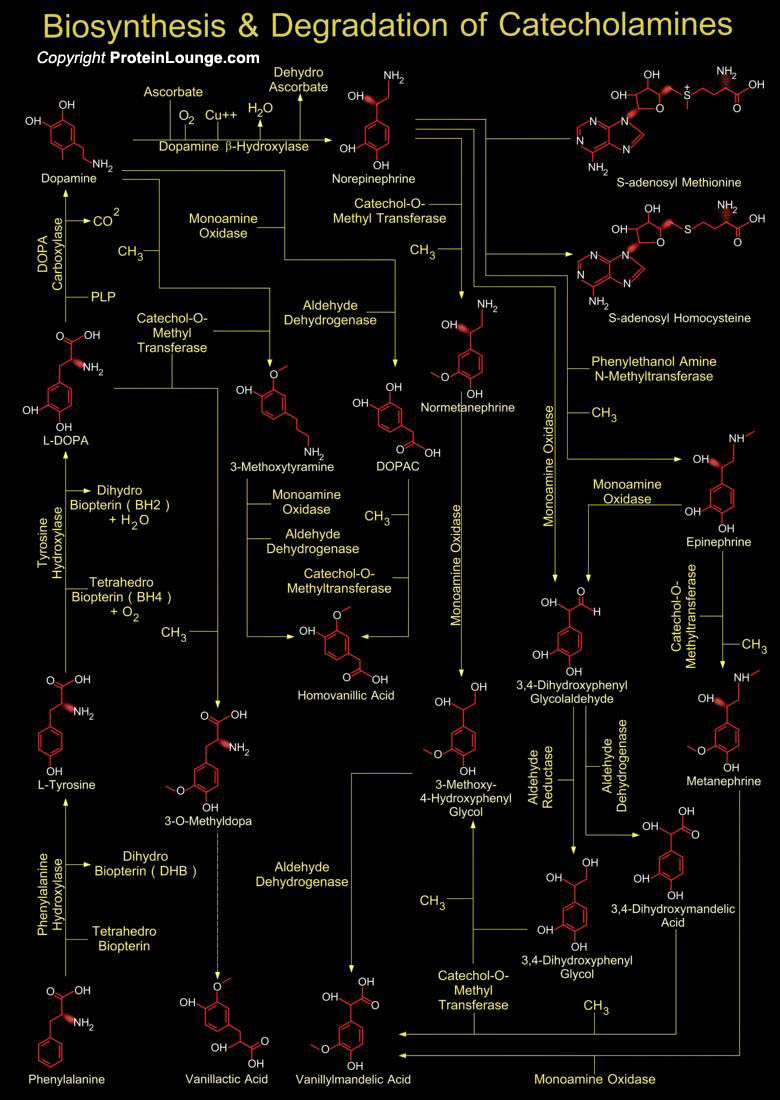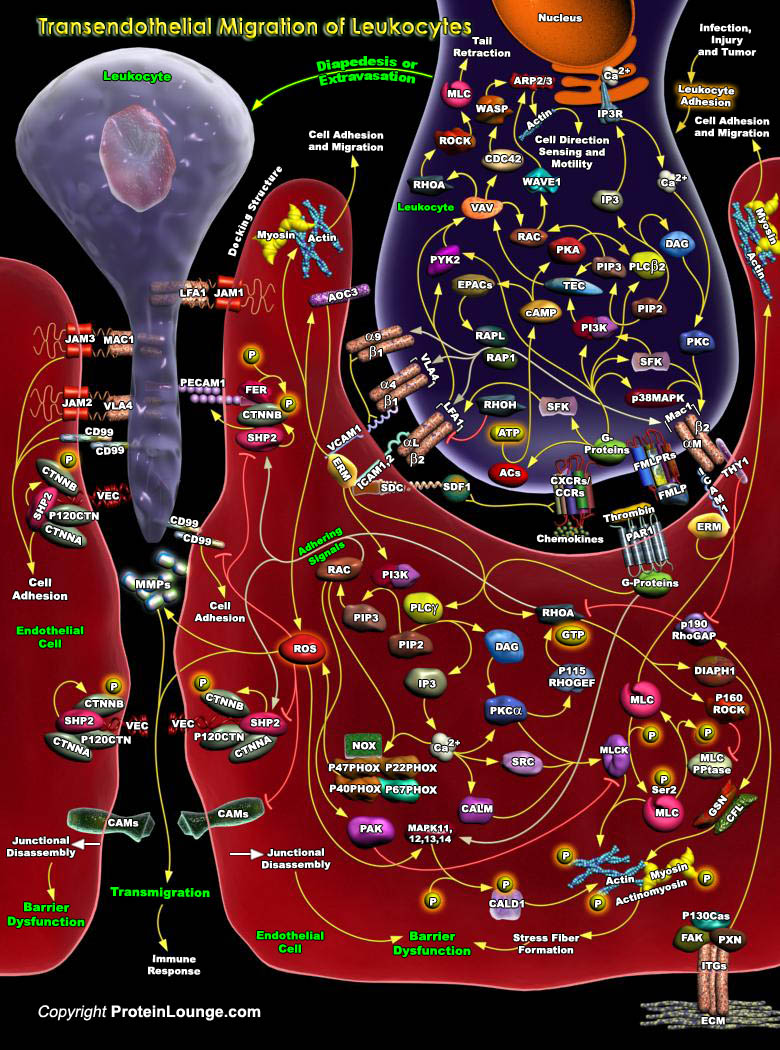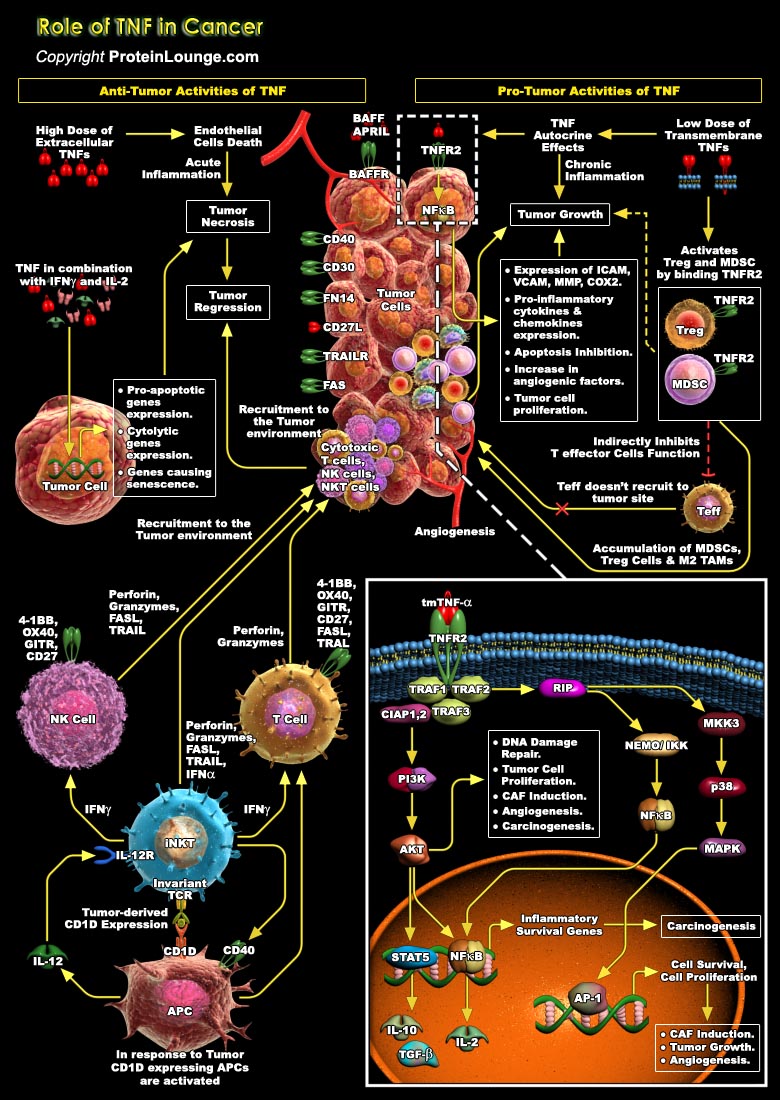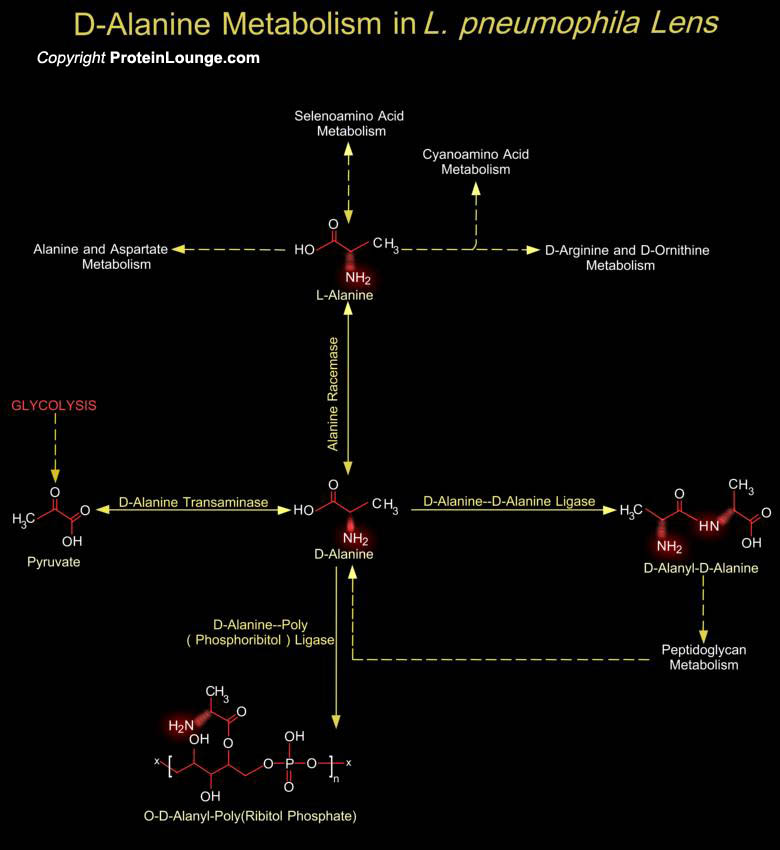Featured Pathways
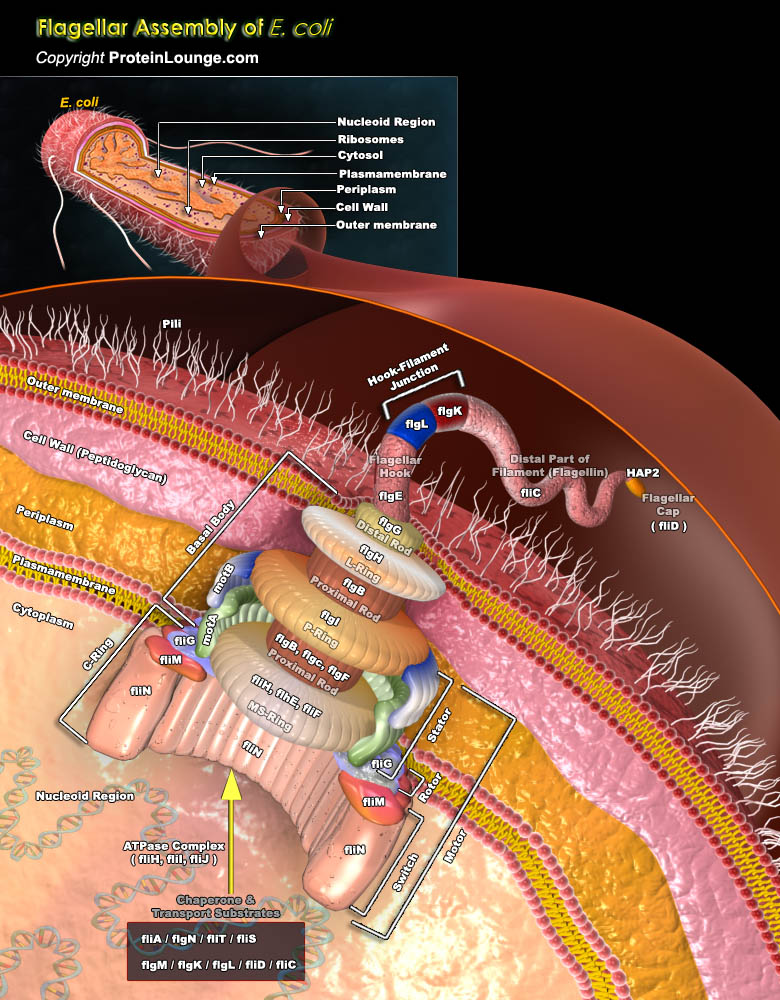
Flagella are hair like structures that help in locomotion of a cell or micro-organism. In gram negative bacteria like Escherichia coli (E.coli), flagella are an important system of protein transport besides being involved in the movement. Flagella can be present all over the surface, at one end or at both ends of the bacterium. Normally a flagellum consists of a long filament[..]
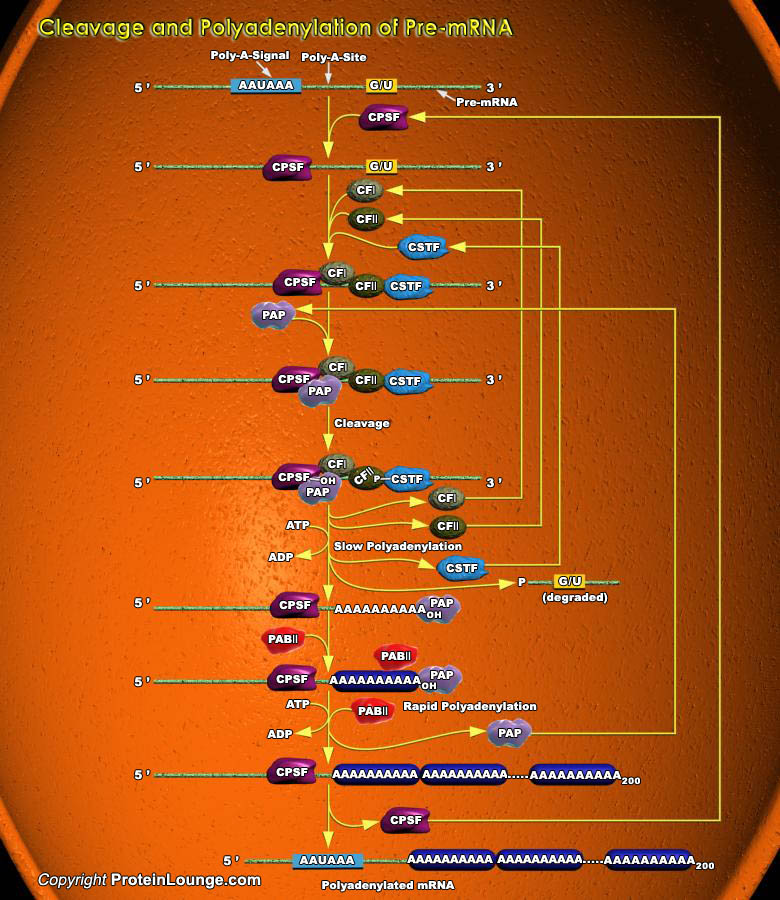
During the course of transcription, the initial RNA product synthesized by RNA POL-II (RNA Polymerase-II), called a Primary transcript undergoes several processing steps including Capping, Splicing and Polyadenylation, before a functional mRNA (messenger RNA) is produced. RNA Polymerase initiates transcription at the first nucleotide of the first exon of a gene. Shortly after transcription[..]
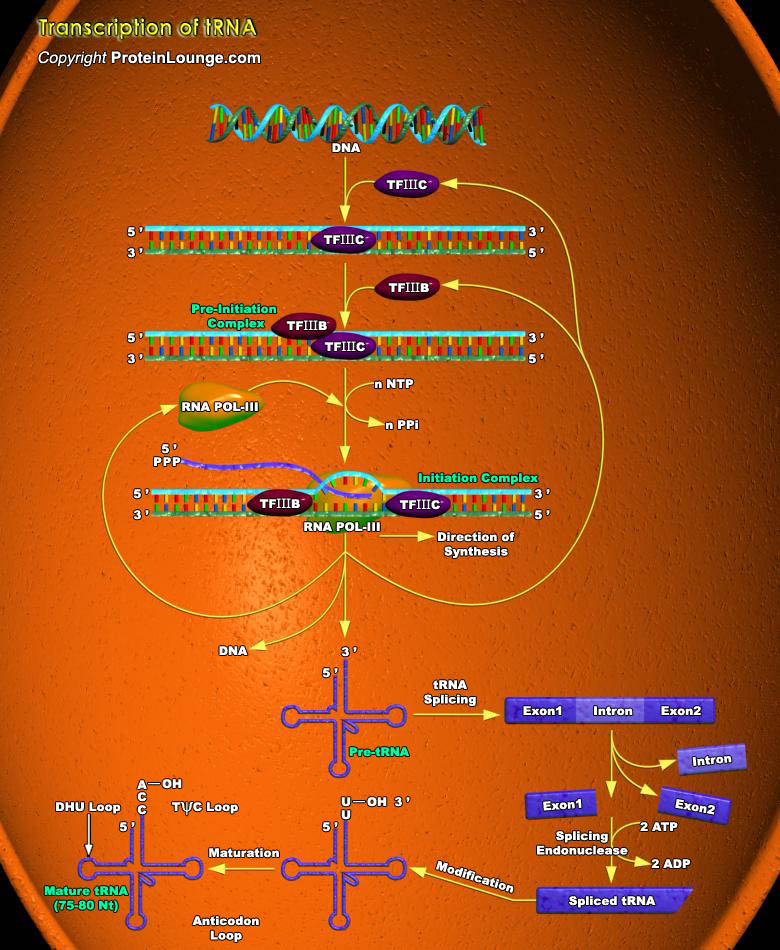
Transfer RNA (tRNA) is a small RNA chain (74-93 nucleotides) that converts information contained in mRNA into amino acid sequence. tRNA synthesis involves several steps, including initial transcript synthesis, tRNA precursors maturation and amino acid mediated charging of tRNA molecules. Maturation and charging of tRNA occurs both in cytoplasm as well as nucleus. In all organisms, tRNAs are[..]
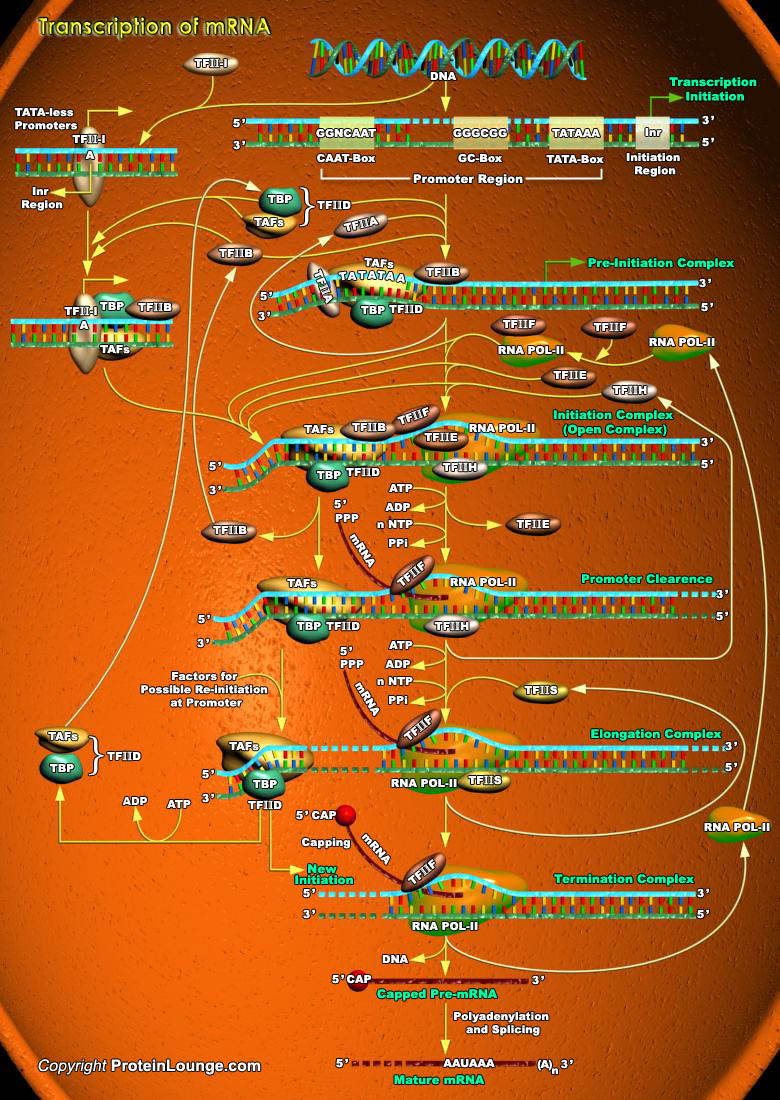
The process of DNA replication, gene transcription and protein translation combinedly known as central dogma of biology is mainly responsible for the expression and maintenance of every gene in an organism. Transcription is the process through which a DNA sequence is enzymatically copied by an RNA polymerase to produce a complementary RNA. Transcription can also be defined as a process that[..]
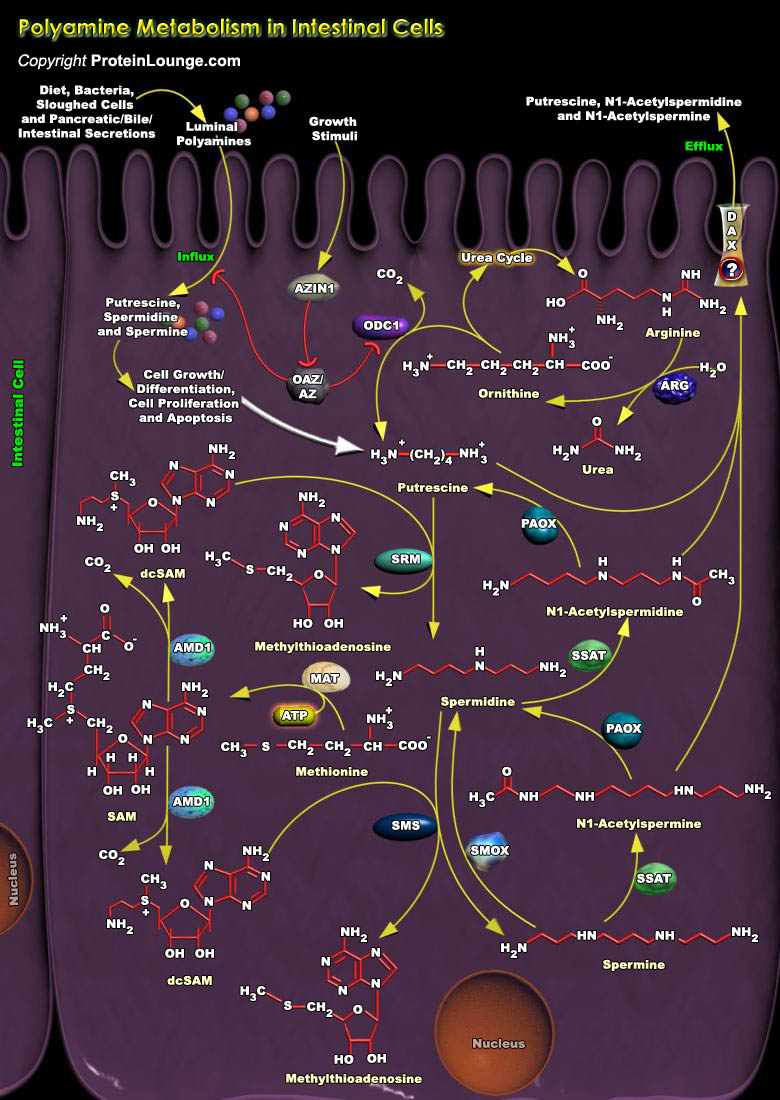
The amino-acid derived polyamines have long been associated with cell growth and cancer, and specific oncogenes and tumor suppressor genes regulate polyamine metabolism. Polyamines are organic cations that are derived from amino acids and occur in all organisms. Putrescine, Spermidine and Spermine are the main polyamines found in prokaryotes and eukaryotes. Polyamines are essential for the[..]
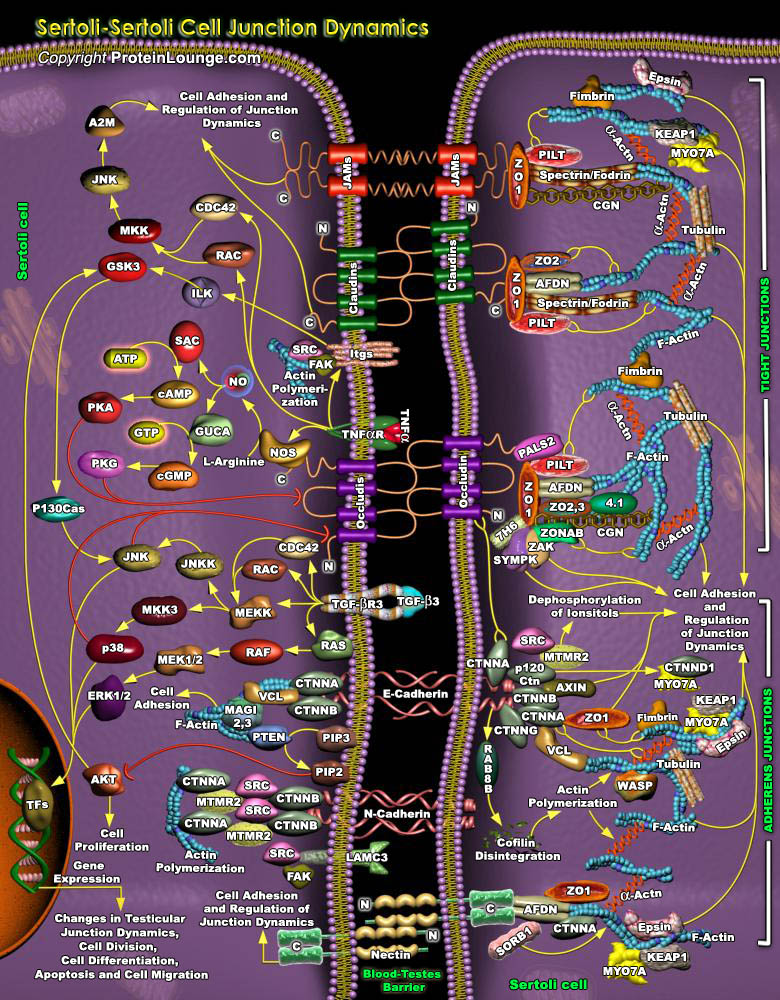
The Blood-Testes Barrier (abbreviated as BTB) acts as a physical barrier between the blood vessels and the seminiferous tubules of the testes. This barrier is formed by tight and adherens connections between the Sertoli cells, which are sustentacular cells (supporting cells) of the seminiferous tubules, and nourish the spermatogonia (Ref.1). In the testes, tight and adherens junctions are[..]
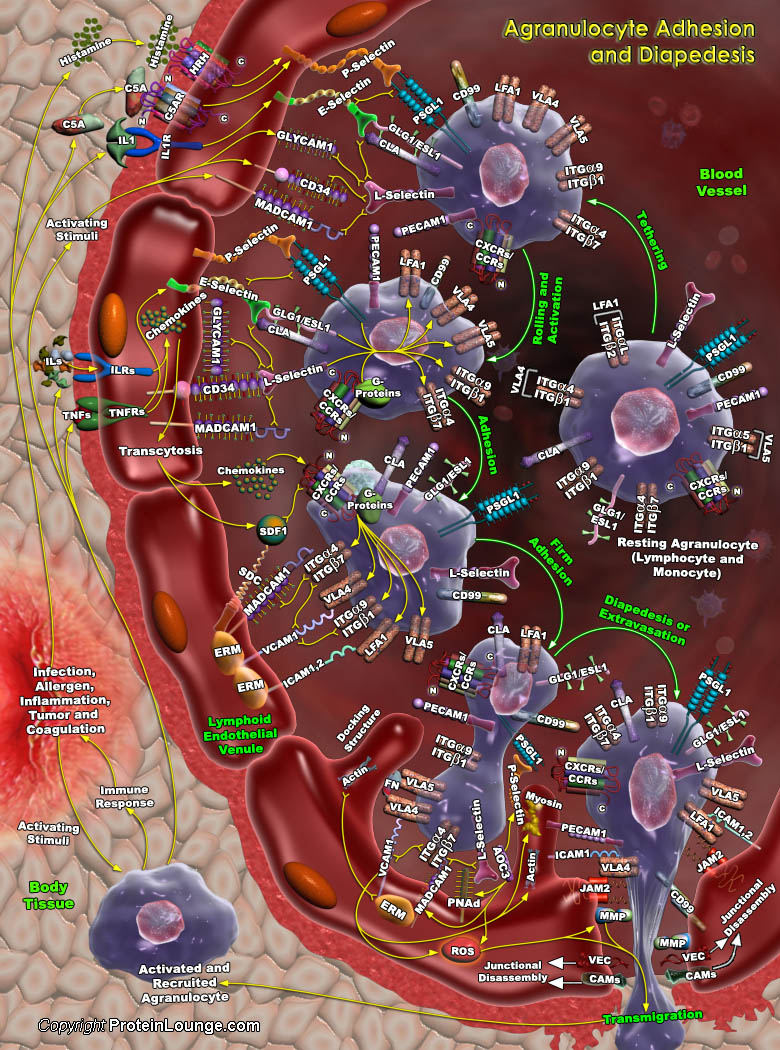
Cell adhesion and migration is the fundamental feature of multicellular organisms during defense mechanisms, where leukocytes play the central role. They bind bacteria, parasites, viruses, tumor cells etc. Furthermore, their interactions with the endothelium are of special importance. The migration of leukocytes or WBCs (White Blood Cells) from the vascular system to sites of pathogenic exposure[..]
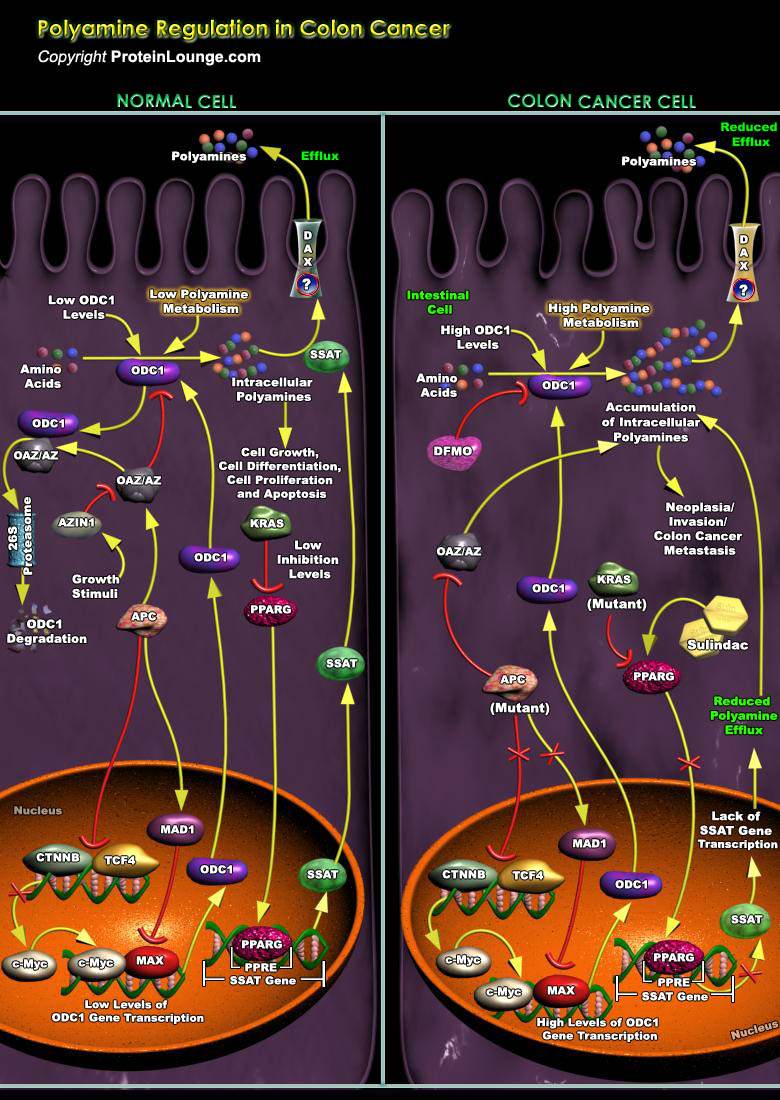
Polyamines are vital for the growth and function of normal cells. The complexity of polyamine metabolism and the multitude of compensatory mechanisms that are invoked to maintain polyamine homoeostasis argue that these amines are critical to cell survival. The regulation of polyamine content within cells occurs at several levels, including transcription and translation (Ref.1). The amino-acid[..]
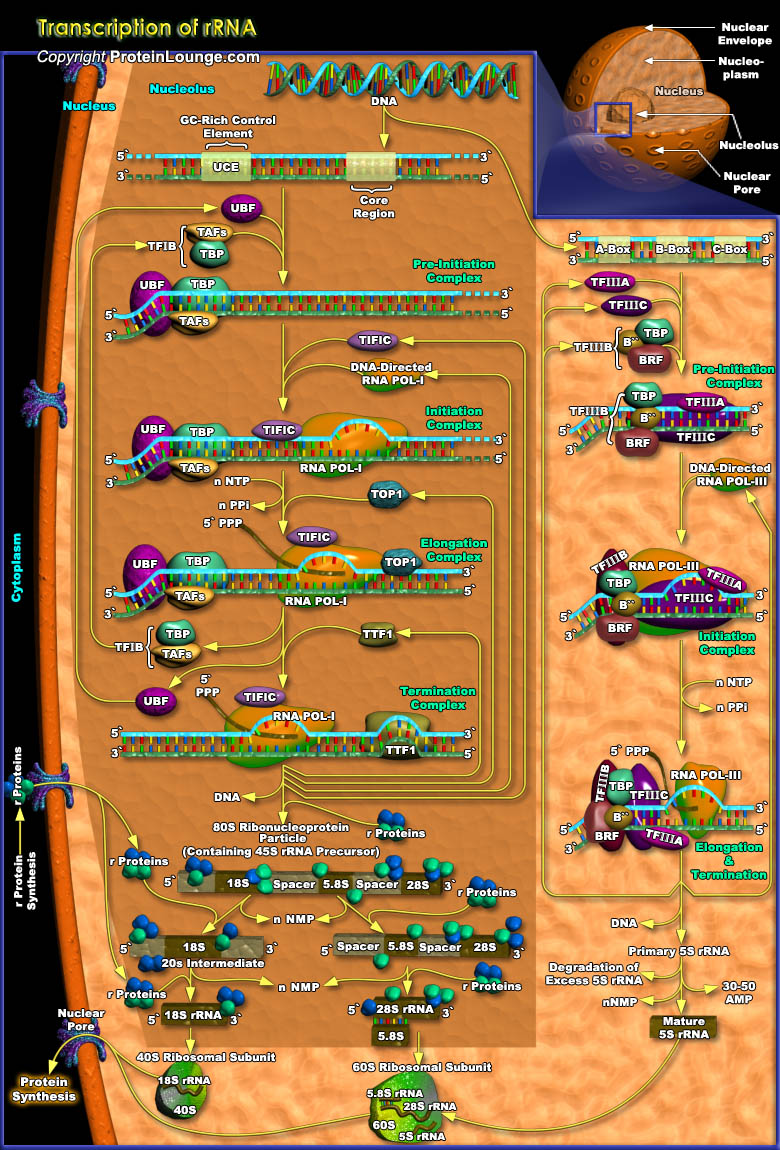
rRNA (Ribosomal RNA) is the central component of the Ribosome, the protein manufacturing machinery of all living cells. The synthesis of new ribosomes begins during transcription of the rRNA which is tightly regulated to maintain the right number of ribosomes. In eukaryotes, : ribosomal proteins are synthesized in the cytosol whereas transcription, processing of rRNA, and the assembly of[..]
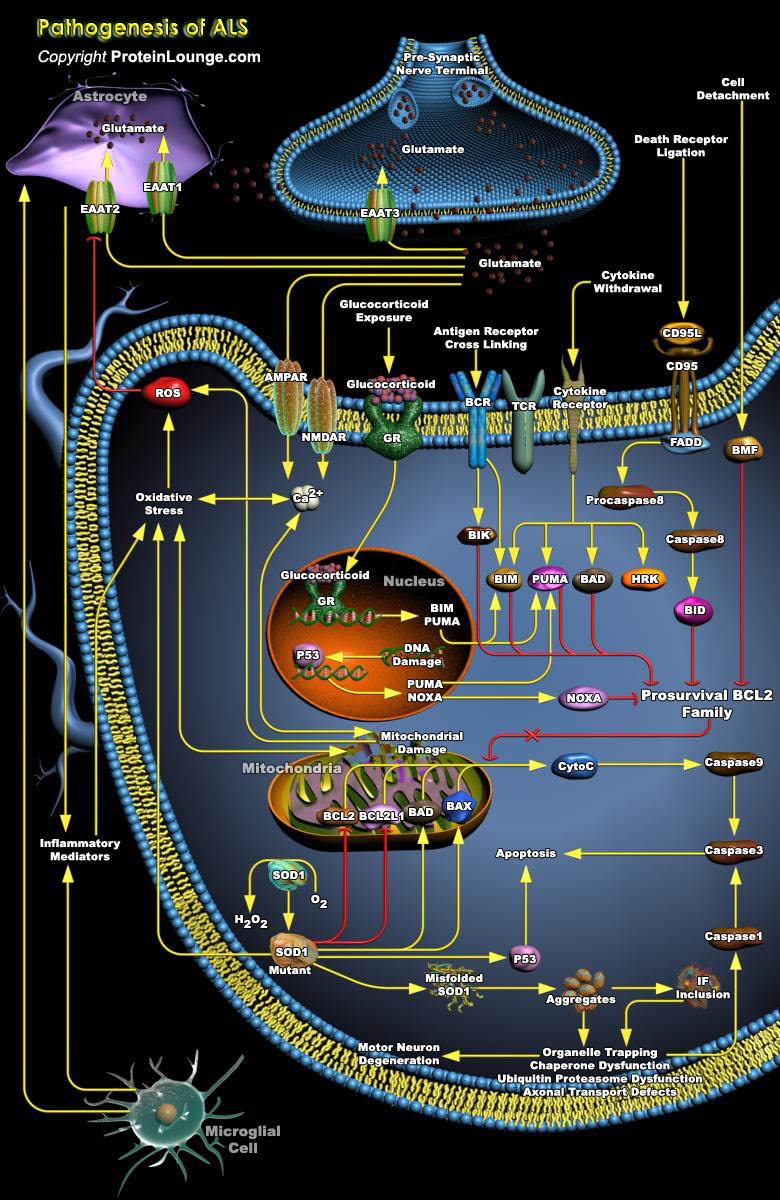
ALS (Amyotrophic Lateral Sclerosis), also known as Lou Gehrig’s disease, is a devastating neurodegenerative disorder, which is characterized by the selective degeneration of upper and lower motor neurons, the large nerve cells connecting the brain to the spinal cord and from the spinal cord to muscles, which control muscle movement. The loss of motor neurons leads to progressive atrophy[..]
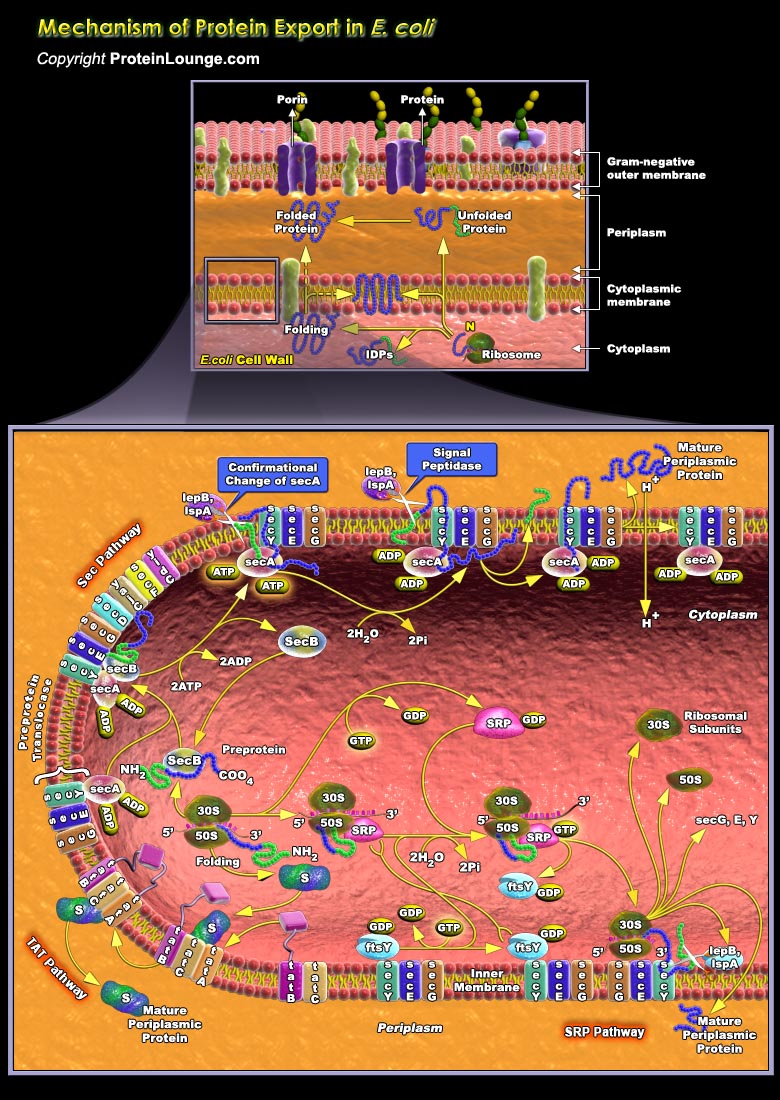
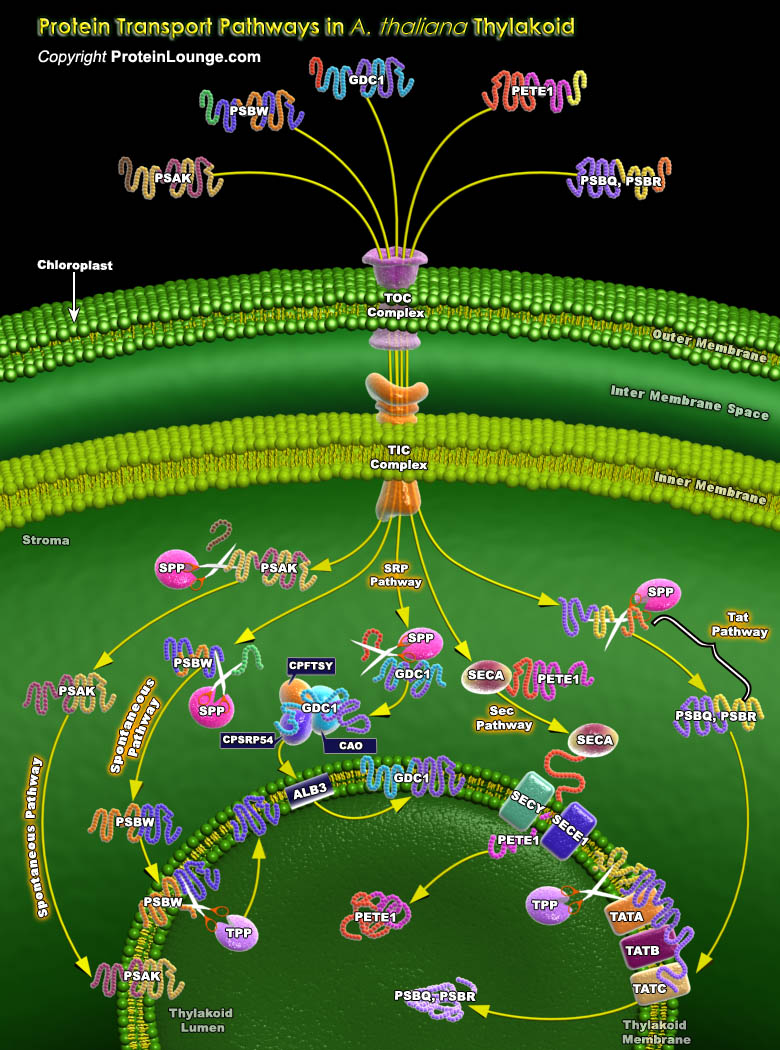
Chloroplasts are exceptionally complex organelles found ubiquitously in Plant and Algal cells. Chloroplasts contain at least six suborganellar compartments: Outer and Inner membranes, Intermembrane Space, Stroma, and Thylakoid membrane and Lumen, all of which require specific trafficking systems. The Thylakoid membrane of the Chloroplast accounts for the bulk of[..]


